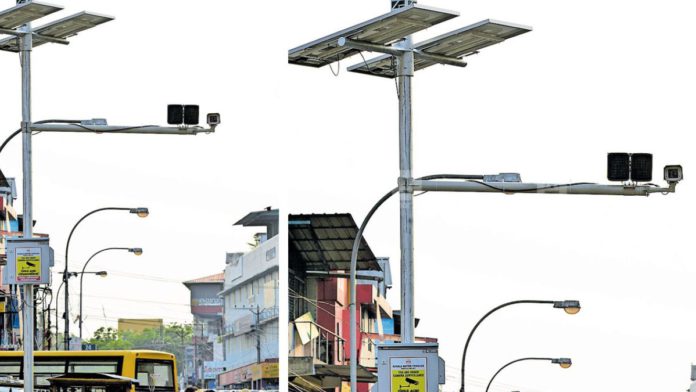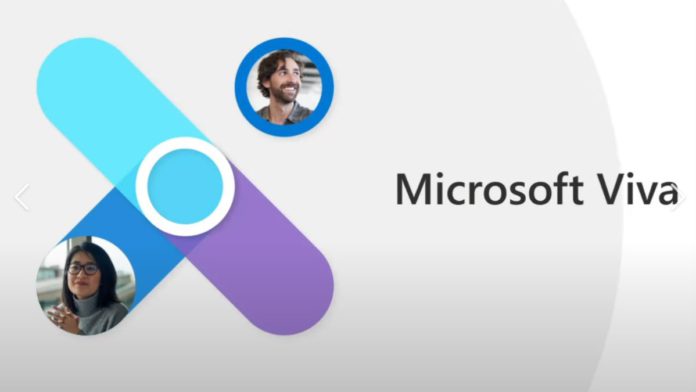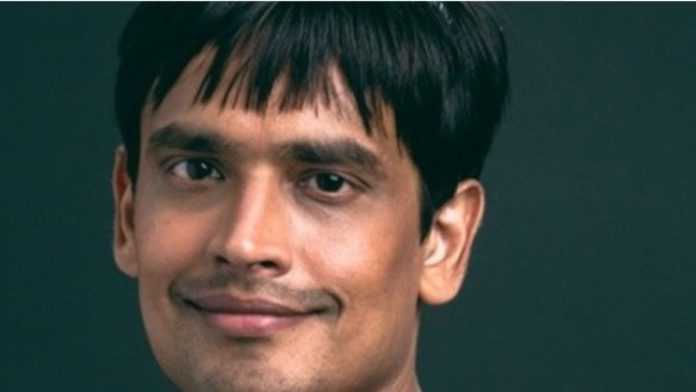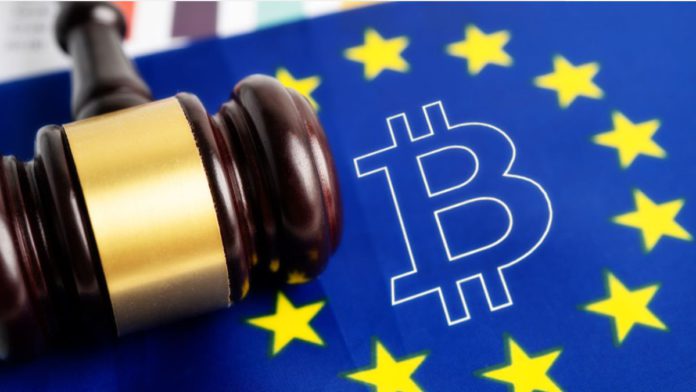On March 30, India Today debuted the country’s first-ever AI news anchor. Known as “Sana,” the anchor made her Aaj Tak debut on the programme Black & White with journalist Sudhir Chaudhary.
Chaudhary presented the anchor powered by artificial intelligence to the audience, saying, “Now, Sana is with me.” He subsequently added in a conversation with Sana, “And for the first time today, you’ll be presenting the news.” The AI then assumes control until the end of the show’s runtime.
“Welcome to the future of news broadcasting! India’s first AI virtual news anchor, Sana, just made her debut on Black&White and it’s truly revolutionary. With advanced AI technology Sana is changing the game in journalism. Exciting times ahead!” Sudhir wrote on Twitter
Read More: How Students Can Make The Best Use Of Technology To Enhance Learning Capacities
Sana displayed her linguistic prowess by addressing the visitors in around three languages, including Gujarati, in the launch video. PM Modi and other dignitaries were present at the ceremony.
The AI news anchor took on the role of a weather reporter in another on-screen presence video. She was pleading for the charm of journalists who make extra efforts to bring liveliness and feel to the news rather than simply spewing out statistical facts at this time. Sana spoke English that sounded too mechanical.











